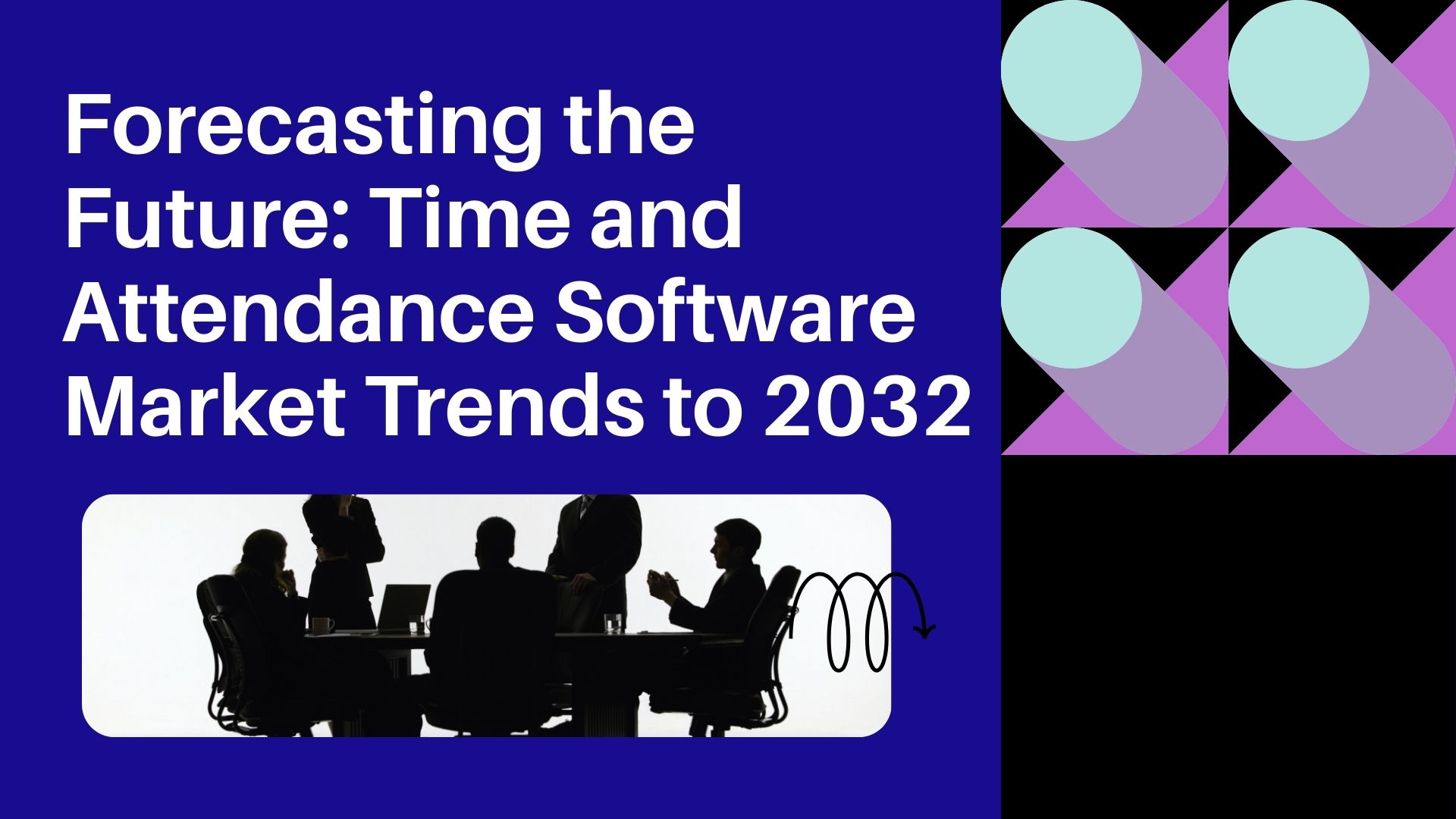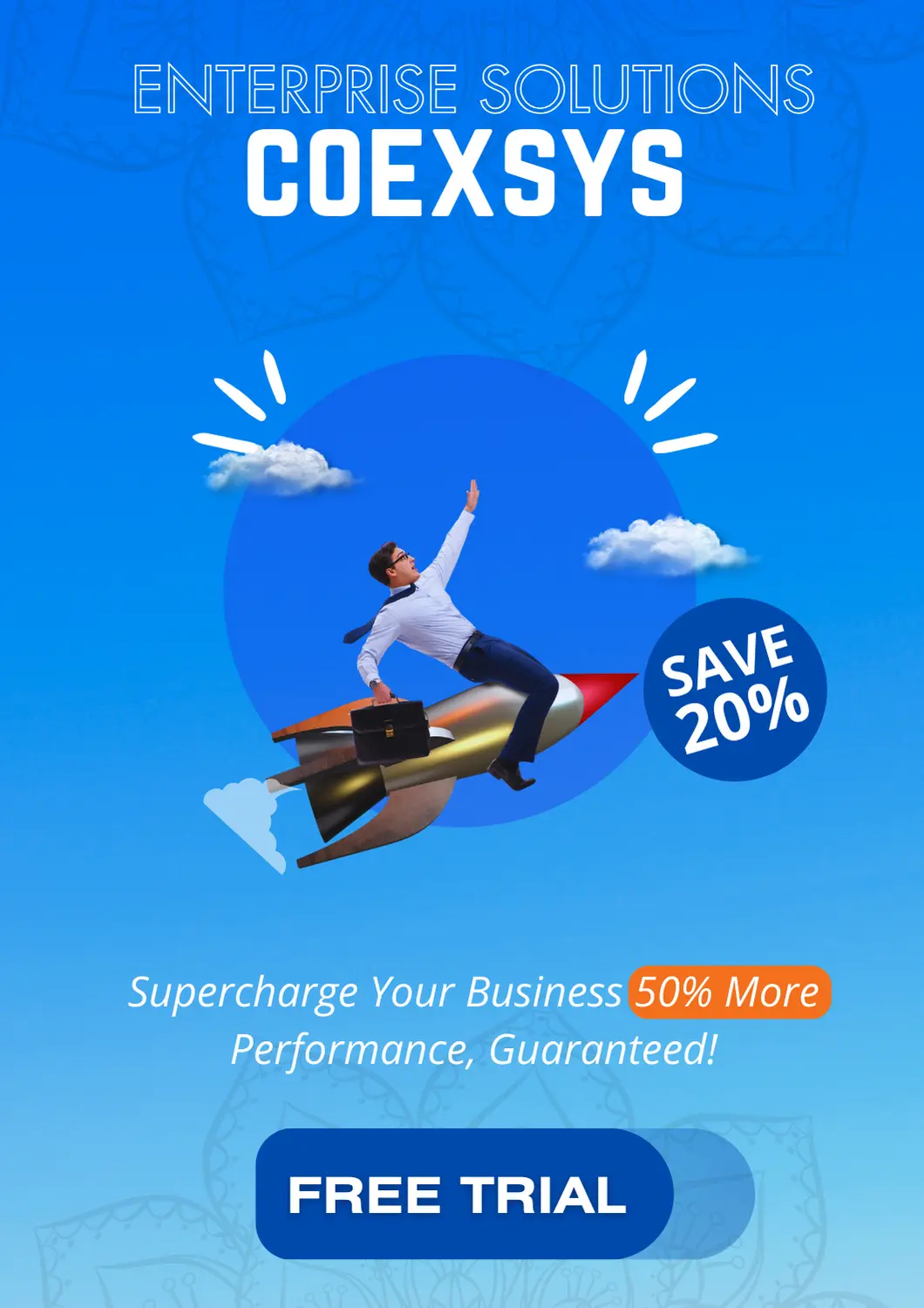The global workforce is undergoing rapid transformation, and with it, the attendance compliance software market is experiencing unprecedented growth. Organizations worldwide are shifting away from outdated manual tracking methods toward automated solutions that improve accuracy, reduce costs, and ensure compliance. As we look ahead to 2032, the time and attendance software market is set to expand significantly, driven by technological innovation, regulatory pressures, and changing workplace dynamics.
The Growing Importance of Effective Time and Attendance Management
In today’s competitive landscape, organizations recognize that managing employee time effectively is much more than tracking hours. Attendance compliance software has become critical for ensuring fair labor practices, maintaining compliance with local and international regulations, and optimizing workforce productivity. Companies across sectors — from healthcare to retail, manufacturing to education — rely on attendance compliance software to handle complex schedules, overtime rules, leave management, and more.
Market Drivers Shaping the Future
Several critical drivers are powering the rapid expansion of the time and attendance software market.
Rise of Remote and Hybrid Work
The post-pandemic era has solidified remote and hybrid work models as standard practice. Organizations need attendance compliance software that can track employee time regardless of location, providing transparency and accountability across distributed teams.
Increased Regulatory Scrutiny
Governments worldwide are tightening labor laws, mandating stricter reporting on work hours, overtime, and breaks. Attendance compliance software ensures businesses maintain accurate records and avoid costly penalties.
Automation and AI Integration
Modern attendance compliance software leverages AI and machine learning to predict scheduling needs, flag anomalies, and automate approvals, reducing manual workload and human error.
Mobile and Cloud-Based Solutions
The shift to mobile and cloud platforms enables real-time updates, accessible dashboards, and seamless integrations with other HR and payroll systems. This flexibility makes attendance compliance software more scalable and attractive to organizations of all sizes.
Market Size and Forecast Through 2032
Analysts project that the time and attendance software market will grow at a compound annual growth rate (CAGR) of over 10% between 2024 and 2032. This expansion will be fueled by medium-sized and large companies looking for affordable attendance compliance software options.
Key market segments include:
- Cloud-based platforms are projected to lead the market thanks to their flexibility and minimal initial investment requirements.
- Biometric integrations, with growing demand for touchless time tracking using facial recognition, fingerprint scanners, and mobile check-ins.
- Industry-specific applications, such as healthcare, construction, and hospitality industries, require tailored attendance compliance software to meet their unique workforce needs.
Regional Trends and Growth Areas
Although North America is the current market leader, the Asia-Pacific region is anticipated to witness the most rapid growth in the coming years. This surge is attributed to rapid industrialization, rising labor costs, and increasing awareness of attendance compliance software benefits in emerging economies. Meanwhile, Europe continues to strengthen its focus on GDPR-compliant time tracking, with companies adopting attendance compliance software that ensures data privacy and labor law adherence.
Key Benefits Driving Adoption
Organizations invest in attendance compliance software for a range of business-critical reasons.
- Improved accuracy: Automated time tracking reduces errors from manual data entry.
- Savings on costs: Streamlined scheduling and practical overtime control help lower labor-related expenses.
- Enhanced compliance: Real-time alerts help companies stay within legal and contractual obligations.
- Employee engagement: Clear systems enable employees to access their schedules, submit requests, and monitor their working hours.
Top Features in Demand
As competition in the attendance compliance software market intensifies, vendors are differentiating themselves by offering advanced features such as:
- AI-powered predictive scheduling
- Integration with payroll and HR systems
- Mobile apps for on-the-go clock-ins
- Geofencing and GPS tracking for remote teams
- Advanced analytics and customizable dashboards
These features help streamline operations and provide actionable insights to improve workforce management.
Challenges in the Market
Although the market shows strong potential, the attendance compliance software sector faces various challenges.
- Data security concerns: With sensitive employee data at stake, vendors must prioritize robust encryption and compliance with privacy regulations.
- Resistance to change: Some organizations still rely on legacy systems or manual processes and may be slow to adopt new solutions.
- Integration complexities: Ensuring seamless integration between attendance compliance software and existing enterprise systems can be technically demanding.
Vendors that address these challenges proactively are more likely to capture market share over the coming years.
Innovations Shaping the Future
Looking ahead, we can expect further innovation in attendance compliance software, including:
- Wearable time tracking using smartwatches and wearable devices that automatically log time.
- Voice-activated systems, where employees can log hours or check schedules using voice commands.
- Blockchain for timekeeping, providing tamper-proof, transparent time records for highly regulated industries.
- Enhanced predictive analytics that use big data to forecast absenteeism trends and optimize staffing levels.
These advancements will redefine how organizations manage time and attendance, ensuring accuracy, efficiency, and compliance.
How to Choose the Right Software
With so many options available, selecting the right attendance compliance software requires careful consideration. Organizations should look for:
- Scalability: Can the system grow with your business?
- Ease of use: Does the system offer a user-friendly interface that works well for employees and managers?
- Customization: Does it meet your industry’s specific needs?
- Support and training: Is there adequate vendor support to ensure smooth implementation?
By assessing these factors, businesses can invest in attendance compliance software that delivers long-term value and helps future-proof their workforce management.
As we approach 2032, the time and attendance software market are positioned for remarkable expansion. Driven by the need for greater compliance, efficiency, and adaptability, attendance compliance software will continue to play a central role in modern workforce management. For businesses seeking to stay ahead, now is the time to evaluate current systems, identify gaps, and invest in the right attendance compliance software solutions. With the right tools, organizations can enhance operational performance and foster a more engaged and compliant workforce.
Sources:
- Gartner – www.gartner.com
- Forrester Research – www.forrester.com
- Markets and Markets – www.marketsandmarkets.com
- Business Insider – www.businessinsider.com
- PR Newswire – www.prnewswire.com


